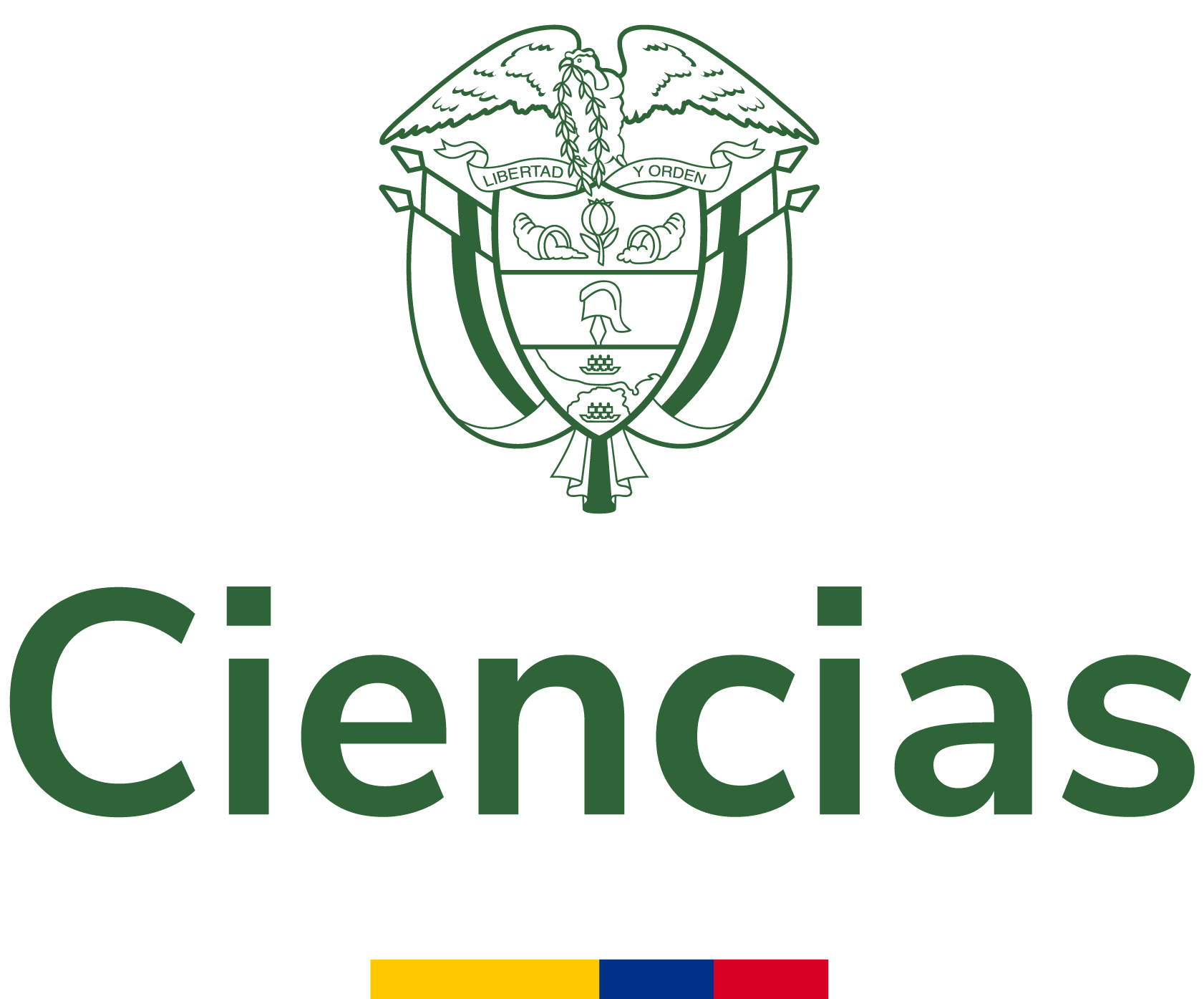Mayan Mathematical Thought, a Metaphorical Creation
Mathematical symbols and their multiple relationships, have been used for centuries, these symbols emerged by multiple daily needs of human beings, and it was imperative to name them in order to refer to them. Those names were metaphors whose real meaning has been forgotten nowadays. These metaphors...
- Autores:
- Tipo de recurso:
- Fecha de publicación:
- 2019
- Institución:
- Universidad Católica de Pereira
- Repositorio:
- Repositorio Institucional - RIBUC
- Idioma:
- spa
- OAI Identifier:
- oai:repositorio.ucp.edu.co:10785/13572
- Acceso en línea:
- https://revistas.ucp.edu.co/index.php/entrecienciaeingenieria/article/view/754
http://hdl.handle.net/10785/13572
- Palabra clave:
- Rights
- openAccess
- License
- Derechos de autor 2019 Entre Ciencia e Ingeniería
| id |
RepoRIBUC_3fc7d1909334ac996d608d194ad1230b |
|---|---|
| oai_identifier_str |
oai:repositorio.ucp.edu.co:10785/13572 |
| network_acronym_str |
RepoRIBUC |
| network_name_str |
Repositorio Institucional - RIBUC |
| repository_id_str |
|
| spelling |
Mayan Mathematical Thought, a Metaphorical CreationPensamiento Matemático de los Mayas, una Creación MetafóricaMathematical symbols and their multiple relationships, have been used for centuries, these symbols emerged by multiple daily needs of human beings, and it was imperative to name them in order to refer to them. Those names were metaphors whose real meaning has been forgotten nowadays. These metaphors are not only found in mathematics texts, they are also found in books, school texts and the speech of teachers. Now, a question is proposed: in what sense, the use of metaphorical language helps or obstructs the development of mathematical thought?This work is intended to show a fairly illustrative example of construction of mathematical thought through metaphorical language, it is a numeric system based on three symbols derived from the Maya’s sacred mythology culture development. The religious beliefs of the Maya-K’iche are written on the “Popol Vuh”. From this sacred book arises their sacred mathematics, as a work by Hurricane or Heart of Heaven, as they named their God.Los símbolos matemáticos y sus múltiples relaciones se han usado por centurias; estos símbolos surgieron por múltiples necesidades cotidianas del ser humano y para referirse a ellos fue imperativo asignarles un nombre. Esos nombres fueron metáforas, aunque hoy se ha olvidado que lo son. Dichas metáforas no aparecen únicamente en los textos de matemáticas; se les encuentra también en libros, textos escolares y en el discurso de los profesores. Ahora bien, surge la pregunta ¿Hasta qué punto el uso del lenguaje metafórico posibilita u obstruye el desarrollo de pensamiento matemático?Con este trabajo se pretende mostrar un ejemplo bastante ilustrativo acerca de la construcción de pensamiento matemático a partir de lenguaje metafórico; es el desarrollo que hizo la Cultura Maya de un sistema numérico basado en tres símbolos generados a partir de su mitología sagrada. Las creencias religiosas de los Maya-K’iche se encuentran consignadas en el “Popol Vuh”, libro sagrado del cual surge la matemática sagrada, obra de Huracán o Corazón del Cielo, como le llaman a su Deidad.Universidad Católica de Pereira2023-08-29T03:49:22Z2023-08-29T03:49:22Z2019-08-01Artículo de revistahttp://purl.org/coar/resource_type/c_6501http://purl.org/coar/version/c_970fb48d4fbd8a85info:eu-repo/semantics/articleinfo:eu-repo/semantics/publishedVersionhttp://purl.org/coar/resource_type/c_2df8fbb1application/pdfhttps://revistas.ucp.edu.co/index.php/entrecienciaeingenieria/article/view/754http://hdl.handle.net/10785/13572Entre ciencia e ingeniería; Vol 4 No 8 (2010); 174-188Entre Ciencia e Ingeniería; Vol. 4 Núm. 8 (2010); 174-188Entre ciencia e ingeniería; v. 4 n. 8 (2010); 174-1882539-41691909-8367spahttps://revistas.ucp.edu.co/index.php/entrecienciaeingenieria/article/view/754/745Derechos de autor 2019 Entre Ciencia e Ingenieríahttps://creativecommons.org/licenses/by-nc/4.0/deed.es_EShttps://creativecommons.org/licenses/by-nc/4.0/deed.es_ESinfo:eu-repo/semantics/openAccesshttp://purl.org/coar/access_right/c_abf2Fernández Sánchez, Oscaroai:repositorio.ucp.edu.co:10785/135722025-01-28T00:00:16Z |
| dc.title.none.fl_str_mv |
Mayan Mathematical Thought, a Metaphorical Creation Pensamiento Matemático de los Mayas, una Creación Metafórica |
| title |
Mayan Mathematical Thought, a Metaphorical Creation |
| spellingShingle |
Mayan Mathematical Thought, a Metaphorical Creation |
| title_short |
Mayan Mathematical Thought, a Metaphorical Creation |
| title_full |
Mayan Mathematical Thought, a Metaphorical Creation |
| title_fullStr |
Mayan Mathematical Thought, a Metaphorical Creation |
| title_full_unstemmed |
Mayan Mathematical Thought, a Metaphorical Creation |
| title_sort |
Mayan Mathematical Thought, a Metaphorical Creation |
| description |
Mathematical symbols and their multiple relationships, have been used for centuries, these symbols emerged by multiple daily needs of human beings, and it was imperative to name them in order to refer to them. Those names were metaphors whose real meaning has been forgotten nowadays. These metaphors are not only found in mathematics texts, they are also found in books, school texts and the speech of teachers. Now, a question is proposed: in what sense, the use of metaphorical language helps or obstructs the development of mathematical thought?This work is intended to show a fairly illustrative example of construction of mathematical thought through metaphorical language, it is a numeric system based on three symbols derived from the Maya’s sacred mythology culture development. The religious beliefs of the Maya-K’iche are written on the “Popol Vuh”. From this sacred book arises their sacred mathematics, as a work by Hurricane or Heart of Heaven, as they named their God. |
| publishDate |
2019 |
| dc.date.none.fl_str_mv |
2019-08-01 2023-08-29T03:49:22Z 2023-08-29T03:49:22Z |
| dc.type.none.fl_str_mv |
Artículo de revista http://purl.org/coar/resource_type/c_6501 http://purl.org/coar/version/c_970fb48d4fbd8a85 info:eu-repo/semantics/article info:eu-repo/semantics/publishedVersion |
| dc.type.coar.fl_str_mv |
http://purl.org/coar/resource_type/c_2df8fbb1 |
| status_str |
publishedVersion |
| dc.identifier.none.fl_str_mv |
https://revistas.ucp.edu.co/index.php/entrecienciaeingenieria/article/view/754 http://hdl.handle.net/10785/13572 |
| url |
https://revistas.ucp.edu.co/index.php/entrecienciaeingenieria/article/view/754 http://hdl.handle.net/10785/13572 |
| dc.language.none.fl_str_mv |
spa |
| language |
spa |
| dc.relation.none.fl_str_mv |
https://revistas.ucp.edu.co/index.php/entrecienciaeingenieria/article/view/754/745 |
| dc.rights.none.fl_str_mv |
Derechos de autor 2019 Entre Ciencia e Ingeniería https://creativecommons.org/licenses/by-nc/4.0/deed.es_ES https://creativecommons.org/licenses/by-nc/4.0/deed.es_ES info:eu-repo/semantics/openAccess http://purl.org/coar/access_right/c_abf2 |
| rights_invalid_str_mv |
Derechos de autor 2019 Entre Ciencia e Ingeniería https://creativecommons.org/licenses/by-nc/4.0/deed.es_ES http://purl.org/coar/access_right/c_abf2 |
| eu_rights_str_mv |
openAccess |
| dc.format.none.fl_str_mv |
application/pdf |
| dc.publisher.none.fl_str_mv |
Universidad Católica de Pereira |
| publisher.none.fl_str_mv |
Universidad Católica de Pereira |
| dc.source.none.fl_str_mv |
Entre ciencia e ingeniería; Vol 4 No 8 (2010); 174-188 Entre Ciencia e Ingeniería; Vol. 4 Núm. 8 (2010); 174-188 Entre ciencia e ingeniería; v. 4 n. 8 (2010); 174-188 2539-4169 1909-8367 |
| institution |
Universidad Católica de Pereira |
| repository.name.fl_str_mv |
|
| repository.mail.fl_str_mv |
|
| _version_ |
1844494763549523968 |






